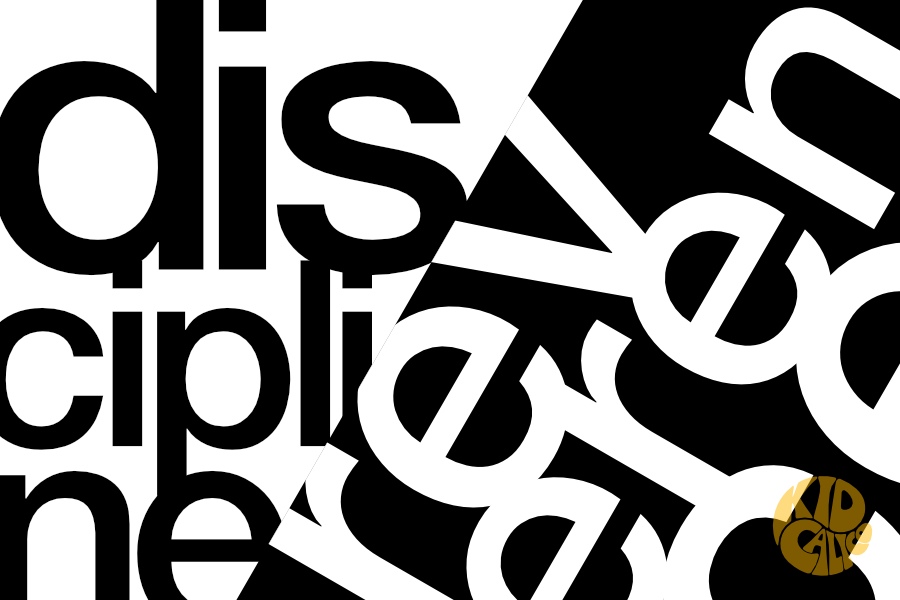
“Irreverence and no discipline rob your soul of light.”
Rumi, The King And The Handmaiden And The Doctor
It may come as no surprise that I, like many other people in the modern world, struggle to maintain a healthy work-life balance. It is too easy to get wrapped up in keeping up with our fast paced world, and as a result of overstriving, healthy habits begin to fall to the wayside while we hold in our minds a preconcieved definition of success. It is to our own demise that we neglect to maintain good mental health. I made the graphic above to remind myself to carve out time to meditate,1 to enjoy the little things, to cultivate reverence and awe toward the world around me. Thus I am able enter back into my work refreshed and ready to continue striving for my goals.
Today’s post, and all my activities really, are an attempt to dwell somewhere in the middle of discipline (working to accomplish goals) and reverence (appreciating the subtle beauty of my reality).
I am continually searching for ways to integrate a sustainable lifestyle into the hustle and bustle of modern living.2 I am looking for a way of living that neither rejects technology nor the fact that we need to work together with nature (which includes other human beings). There is a lot of work to be done on a large scale. There are also many choices we are faced with every day as individuals that can move us closer to our goals. By making considered choices as creators and consumers3, we help to ensure the future we long for.
Instead of looking for a new paradigm entirely, I’ve been looking for new strategies to apply to the current paradigm. I am asking myself what I can do to work toward a better future without overwhelming myself.

I’ve long held the belief that fiction indirectly influences our common reality:
“Imagining what drives other people — which feeds into our predictions — helps us see a situation from different perspectives. It can even shift our core beliefs…”
How Stories Connect And Persuade Us
The narratives that we tell ourselves invariably impact the lives we build, and yet so many of these narratives simply are not helping. As much as I love stories of a dystopian nature, I think that humans are capable of steering ourselves away from the dismal future we are told is just around the corner. I’m also focusing on being more optimistic (with a dash of realism).
Enter Solarpunk.
“…we need solutions, not only warnings.”
ReDes: A Solarpunk Manifesto
I was pleasantly surprised to find that there is a growing genre, just about a decade old, that asks all the questions I’ve been asking myself for years. Questions based on various permutations of three words: positive, realistic, and future.
Although older works exist that fit into the genre, the word ‘solarpunk’ started popping up in blog posts and articles around 2008 and has been gradually increasing in mention since then. ReDes did an excellent job of compiling a manifesto, and Solarpunk.net has an awesome collection of references, which I am sure I will be familiarizing myself with over the coming days and weeks.
“Our future must involve repurposing and creating new things from what we already have”
Solarpunk: Notes toward a manifesto – Project Hieroglyph
What I love about this genre is that it combines a sunlit aesthetic style with a DIY / Permaculture ethic. I am looking forward to diving deeper into what has already been created, and what else is to come. New mental models of what is possible can certainly help us to discover new ways of implementing infrastructure, and as Solarpunk gains more traction it is capable of shifting the narrative from one of doom and gloom to one of grit and possibility. It is “What can we do?” instead of “Oh my god, what have we done/allowed to happen?”.
“There’s an oppositional quality to solarpunk, but it’s an opposition that begins with infrastructure as a form of resistance.”
Solarpunk: Notes toward a manifesto – Project Hieroglyph
While there are many crossovers, Solarpunk differs from Steampunk and Cyberpunk in an important way: it aims to offer realistic solutions for the problems at hand. Going beyond aesthetics, Solarpunk is anything but dystopian. It takes a bad situation and makes the best of it. It turns a junk heap into a wonderland, offering constructive ideas for a cooperative future. It offers a thought-provoking style of entertainment and I am all for it.
In many ways, distopia is already here. Climate change, endless war and a growing divide between rich and poor are the tip of the melting iceberg. At the same time, we live in an incredible time and so much has also gotten better. The processors in our phones are more powerful than the technology that got us to the moon, and they give us near instant access to most of human knowledge!4
We certainly have the tools for building a positive future. What we are unable to build in reality, we can (and should) beta test in a fictional setting. Let’s get to it.
P.S. I am still experimenting with the direction of this blog, and anticipate exploring a variety of topics while also exploring my own life experiences. If you are reading this and enjoyed anything in particular or want to talk about something, I would love to read and respond to comments, so don’t hesitate!
- Overwork is a common theme in the modern era. Sitting (meditation practice) is central to my ability to balance work with living in the moment, but that’s a topic for another post. ↩︎
- I’ve explored life on Permaculture farms, monasteries and ashrams, looking for ways to think about life outside of the box. I’ve found a few, and will expound at some point. ↩︎
- We have no choice but to be both consumer and creator… but that’s also a topic for another post. ↩︎
- https://www.realclearscience.com/articles/2019/07/02/your_mobile_phone_vs_apollo_11s_guidance_computer_111026.html ↩︎

Leave a Reply